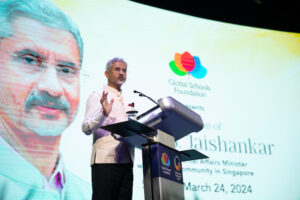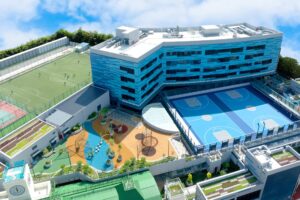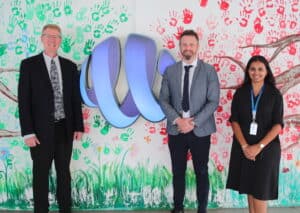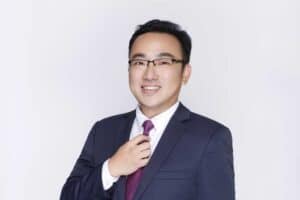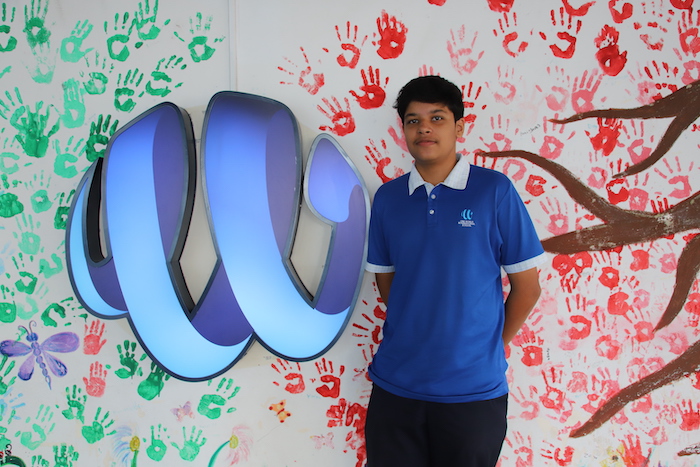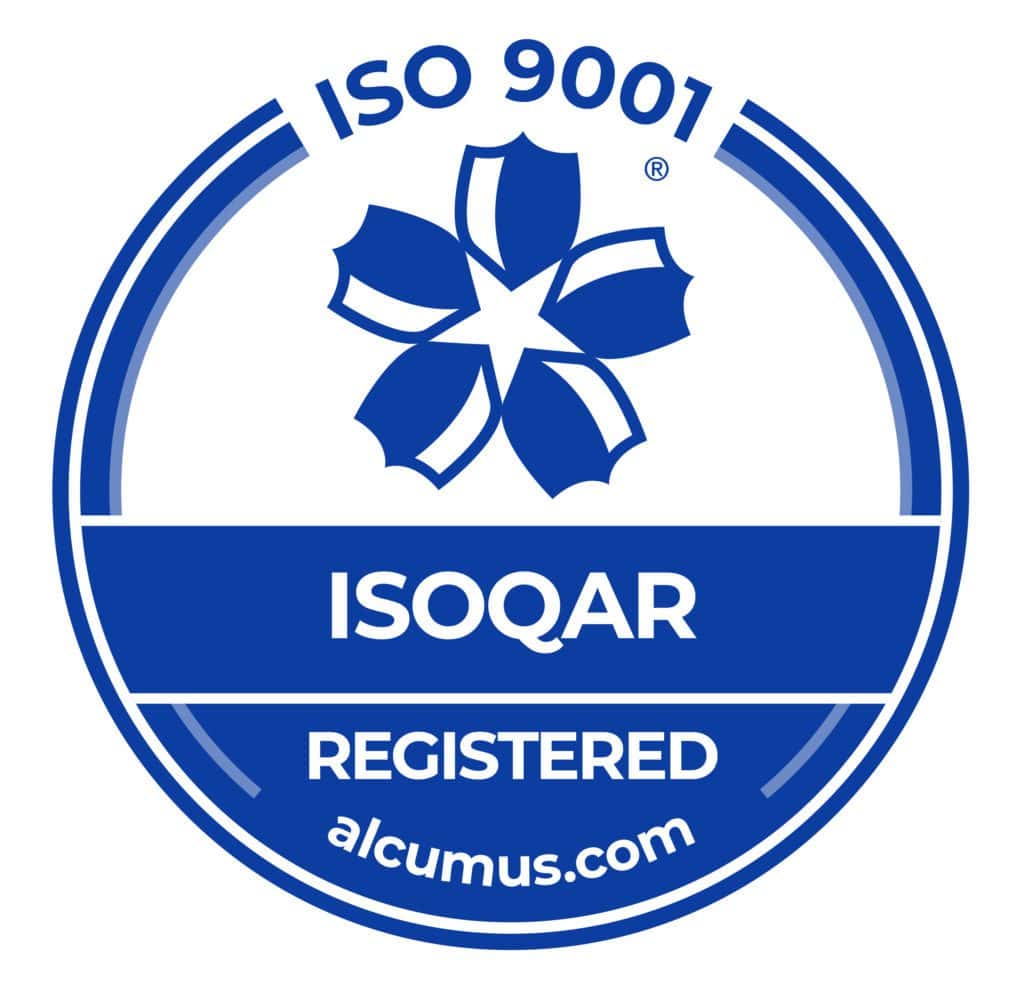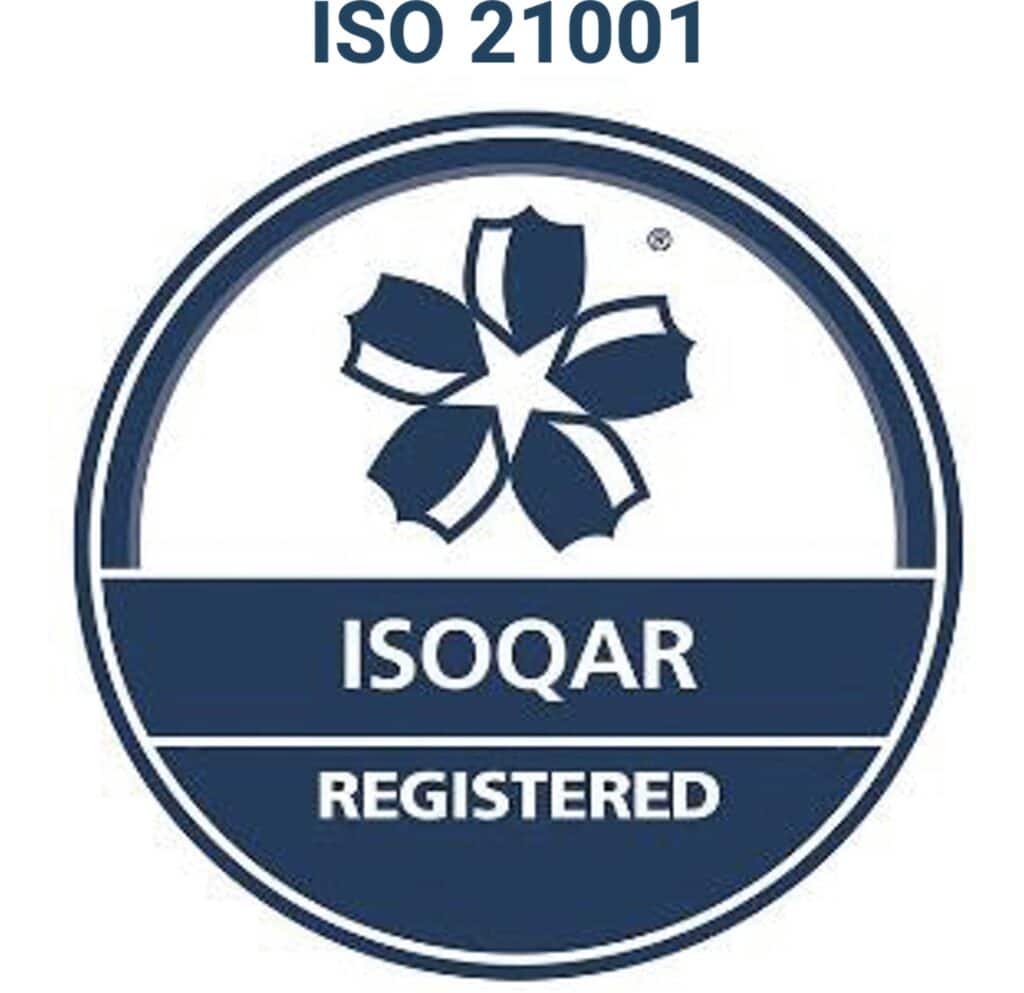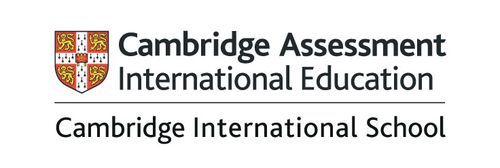Mark Renie, Head of School, OWIS, recently had an engaging discussion on international education with Mr. Kotaro Tamura, Adjunct Professor (Executive Education); Former Senator & Parliamentary Secretary of cabinet office in charge of Economic and Fiscal Policy, Japan; and OWIS & GSF Advisor.
Watch the video and you can read the transcript below.
Mr. Renie: What are the key differences between international schools and the education they offer and the public school system in Japan?
Mr. Kotaro: The public school system in Japan does teach some aspects of the curriculum in English. However, the environment is very different. The children are not surrounded by diversity, so there is a language difference. The school system and their philosophy of teaching are also very different. There is the assumption that teachers know all the answers for the future and children should just listen because what teachers say is the perfect answer.International schools are different because they use the Inquiry Cycle. This fits in with the current world as change is constant. Inquiry-based learning fosters independent thinking and teaches children to find their own answers whilst taking ownership for what might happen.
Mr. Renie: What are your thoughts on the IB and how does the philosophy prepare our students to be diverse, global citizens?
Mr. Kotaro: Japanese schools are now implementing the IB approach into their teaching. However, it is mostly taught in one language, which is a challenging environment. In comparison, in schools in Singapore, children speak English and Mandarin and are surrounded by diversity. For example, children in the class may carry more than 20 different passports, and it is that kind of environment that inspires them and teaches them about diversity. This is why the environment where the IB is taught also adds incredible value.
Mr. Renie: How is education different from when parents were younger to this generation?
Mr. Kotaro: These days technological updates are very constant and drastic. You see international security organisations moving every day in unexpected directions. It is maybe, therefore, our time to learn from our children and be more flexible with how they learn. As parents, we are not only teaching them to do better; we need, at the same time, to learn from them. Also, within the classroom, the relationship between teacher and students has changed and is no longer just one way. There must be learning both ways. Teachers must be facilitators for the children’s education, and that means having them talk to us and tell us what they want, and guide their learning, lead their learning.
Mr. Renie: How do you think technology is going to play a role in children’s futures, and why is it important to teach our children about technology?
Mr. Kotaro: Technology is very different now from when many parents were at school and children are exposed to so many technologies. This is not only on the screen but also in day to day life, such as in food manufacturing. An example is within the plant protein industry, and with people leaning towards a more green future with less emissions, they are caring more about the planet. For this reason, we need to answer the children’s expectations and their questions. Often adults can be scared or unsure of these new technologies as they are new to them. We need to think together with the children and see what we can offer them using the technologies available. Looking at the longer horizon, education must be gamified to include opportunities to learn about technologies such as NFP and Crypto. This must be implemented more into the education system, and the children must lead this part. From this, the children will have more joy about what they are learning as they will have the opportunity to build and learn about new systems such as metaBUS, Crypto and NFTs.
Mr. Renie: At OWIS Suntec, technology is so important, and it is embedded in every classroom. OWIS is committed to teaching children digital citizenship, which is the responsible use of technology. With technology, there are some downsides, so we want to make sure their mental well-being and understanding of this are balanced and they know how to use it properly.
Mr. Renie: What is important for parents to look for at an international school in Singapore?
Mr. Kotaro: Finding a school that teaches core lessons in different languages, such as English and Mandarin, is extremely important, as well as diversity within the community. Children will get used to the diversity and the different IB learning systems taught in international schools. It teaches them to be independent thinkers, and they are taught through inquiry-based learning. They learn how to find the answers, take ownership of their learning and work as a team. Mr. Renie: How does this help children in later life, for instance, if they wish to work in Japan?
Mr. Kotaro: These skills will help them if they go on to work in a Japanese organisation or institution in the future. Students will come to understand the 21st Century through international education and will learn to work with people from different backgrounds and cultures.
Mr. Renie: Why do you think OWIS Suntec appeals to the Japanese community in Singapore?
Mr. Kotaro: Access to the campus is so easy and convenient using any form of transportation. There are also lots of local facilities, such as restaurants and shops, which makes it very convenient. The biggest beauty of this school is affordability. Many international schools are extremely expensive, but when looking at the cost of an education at OWIS compared to the quality and outcome of education, this school group offers very good value.
Mr. Renie: What stands out about our OWIS Nanyang Campus?
Nanyang is a massive campus and amazing in different ways to the smaller, newer Suntec Campus. The students are very happy, and they have everything they need, including sports facilities, huge classrooms, spacious workrooms for art, music. This makes the size and function of the campus very appealing.
We thank Mr. Kotaro for taking the time to visit our campus and for sharing his views on the benefits of robust international school education.
——————————————————————————————————————–
To learn more about the learning approach at OWIS, please contact our Admissions Team or join our school tour.
